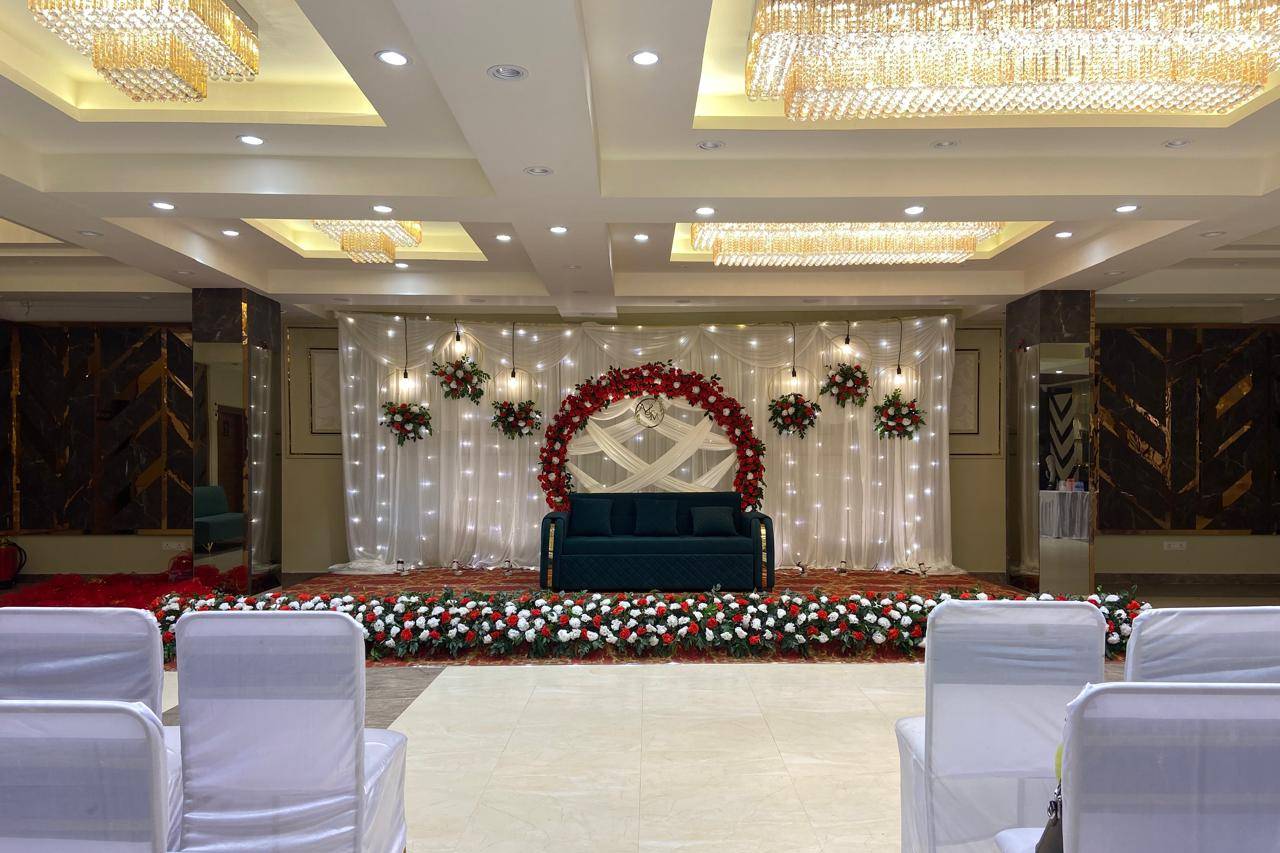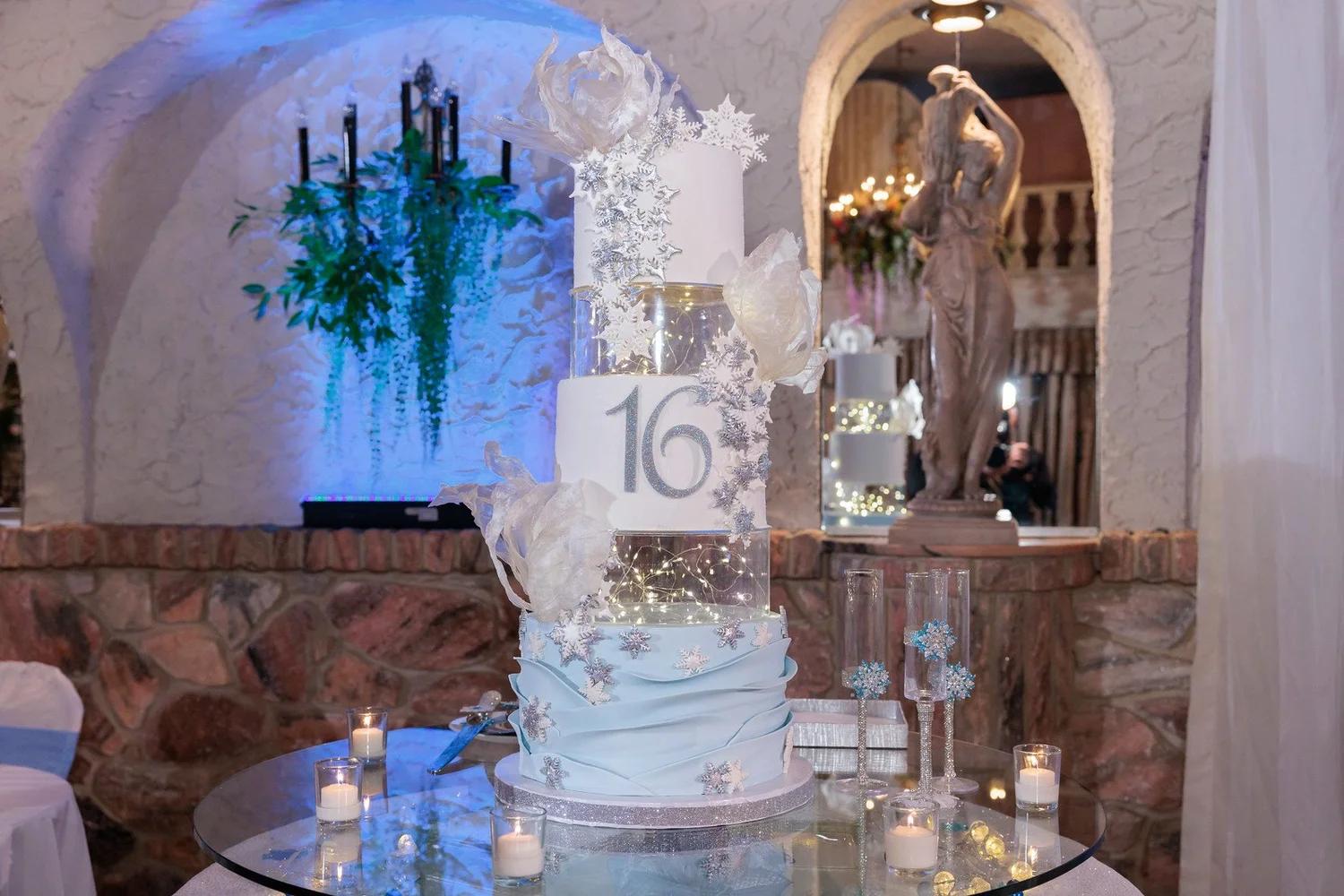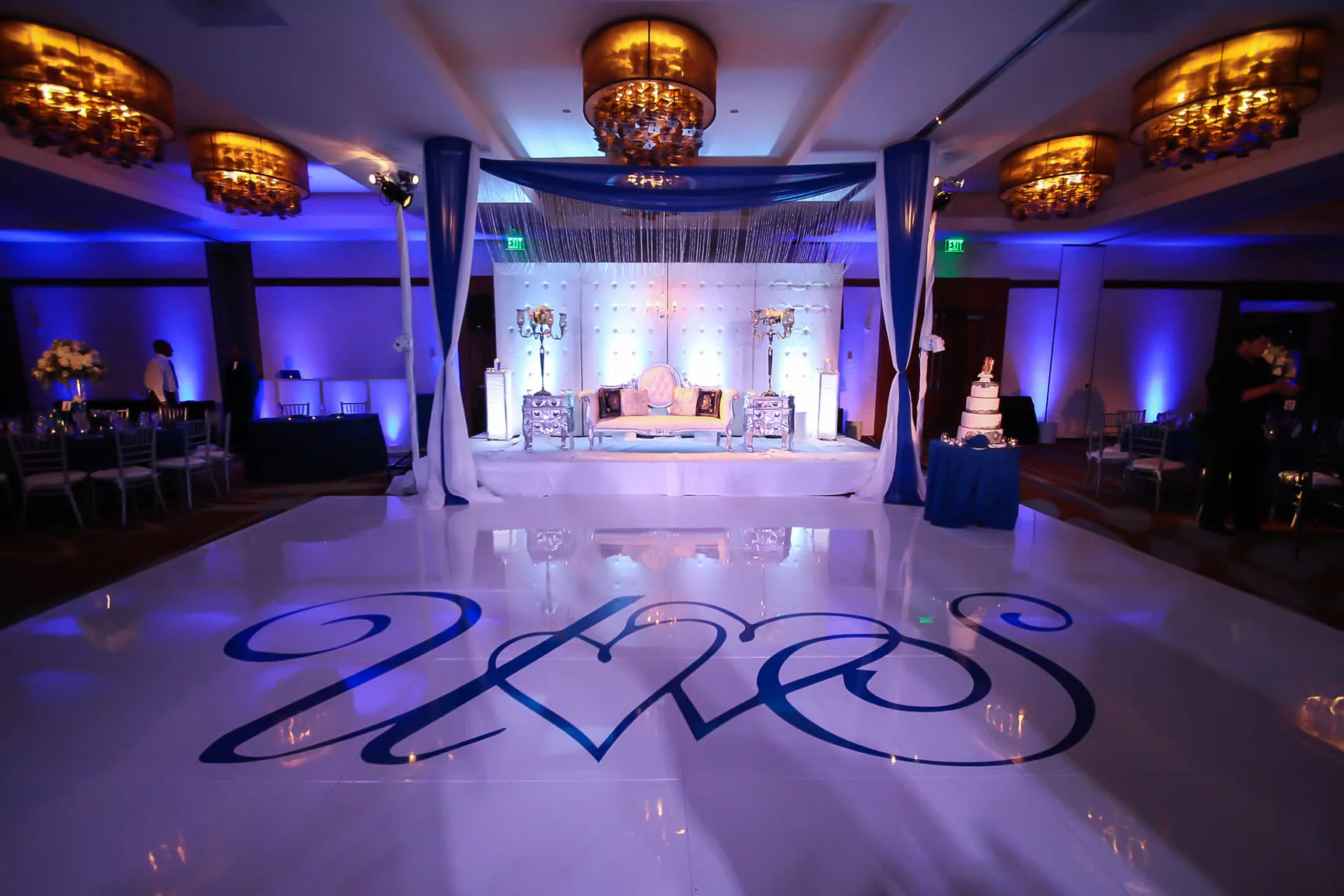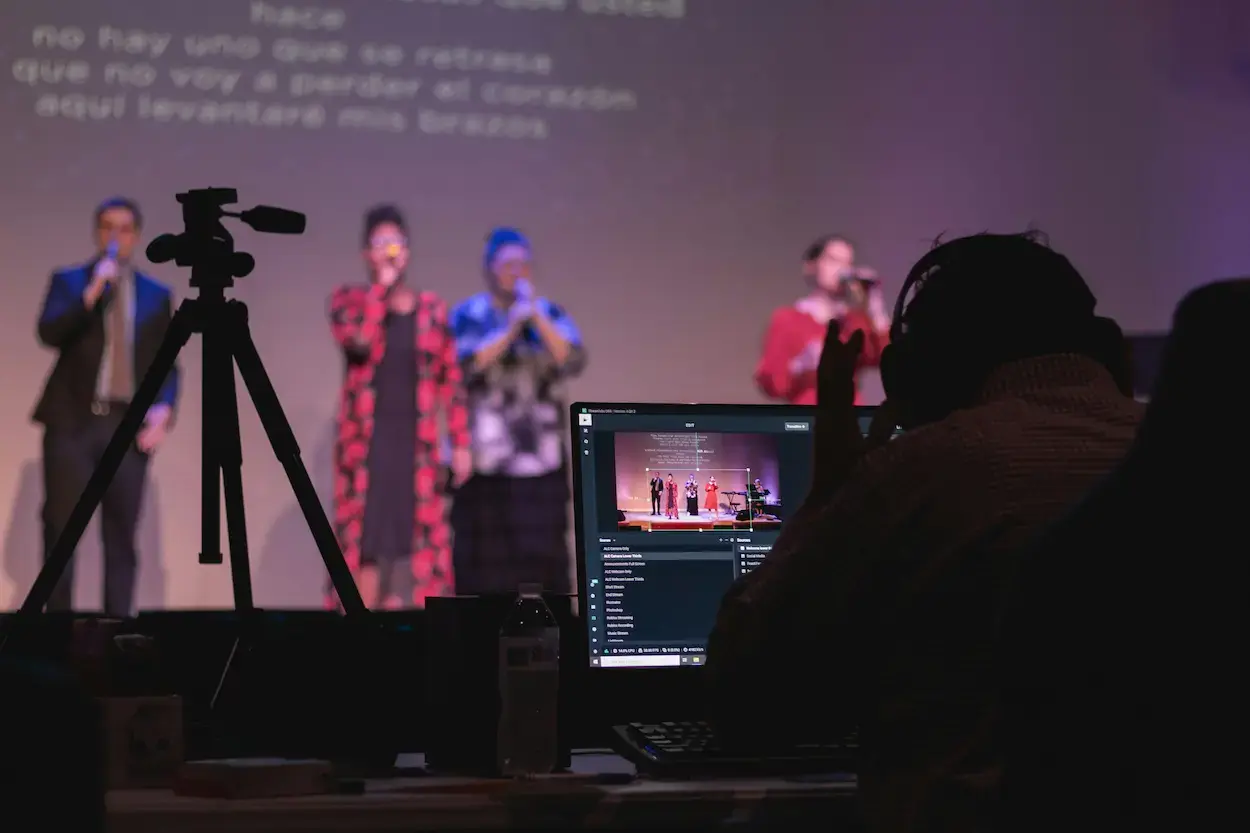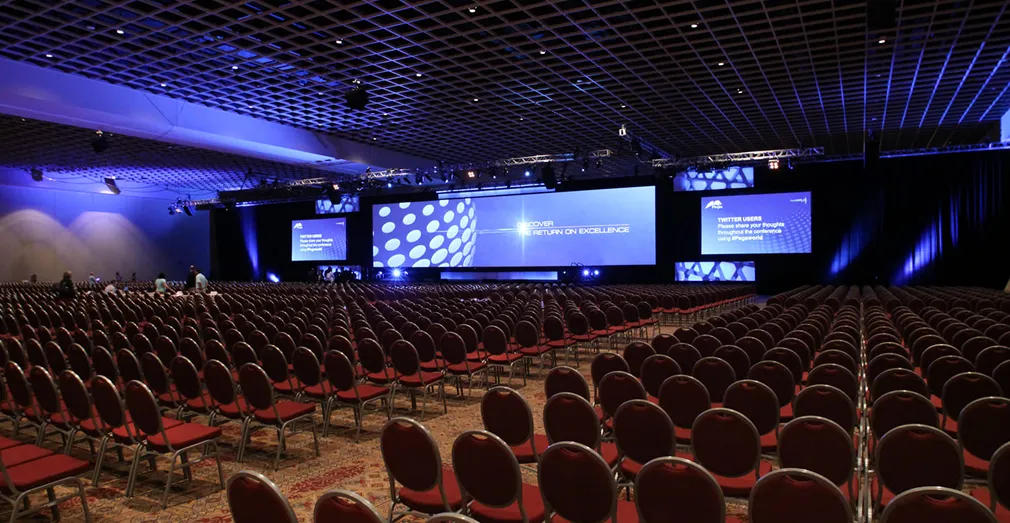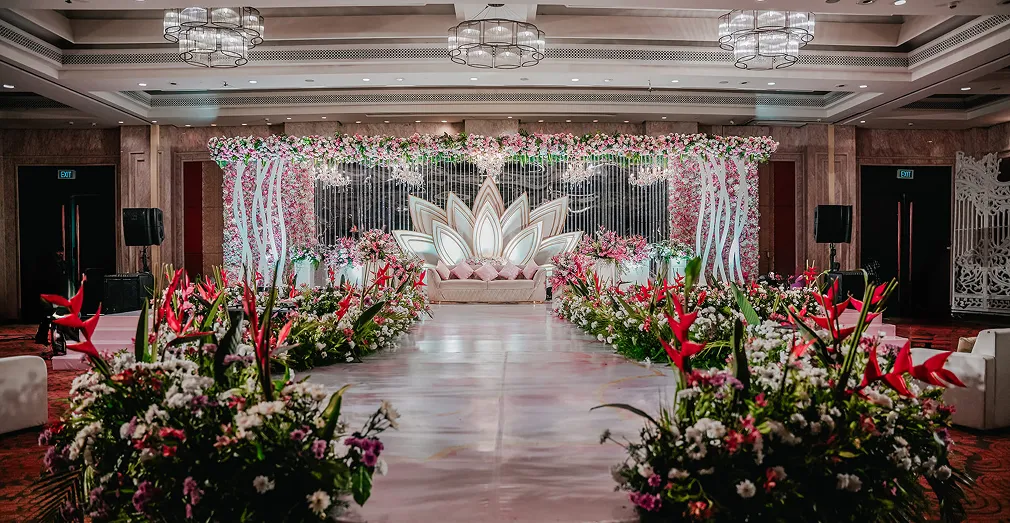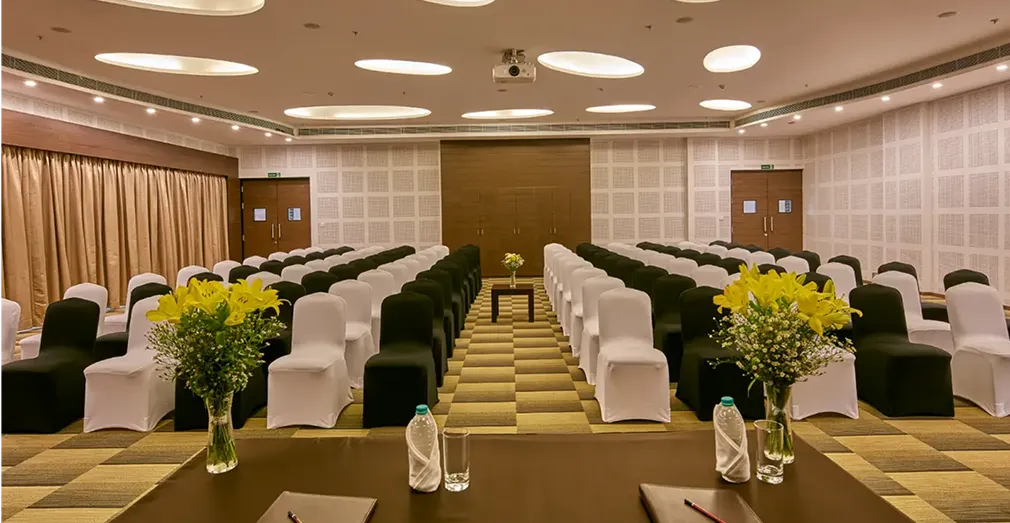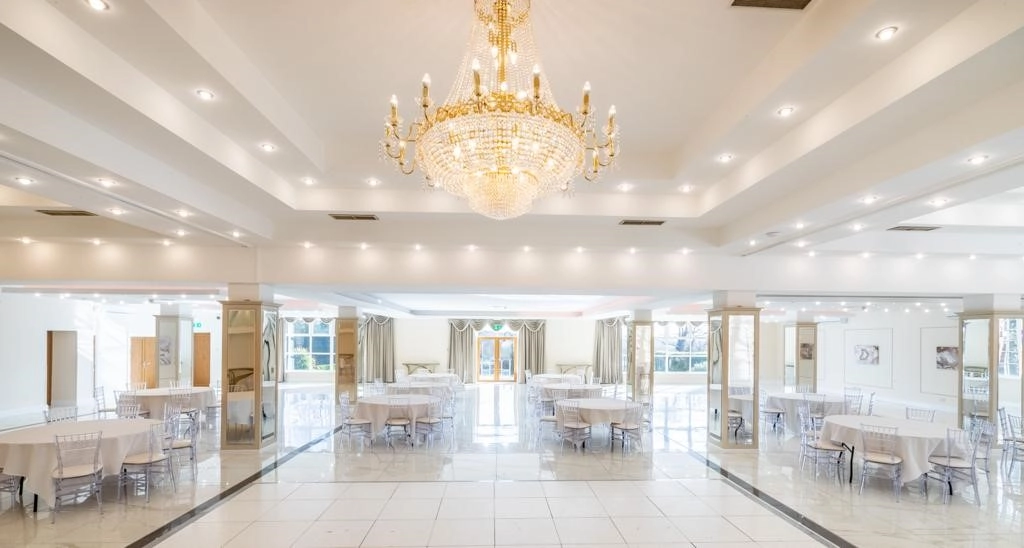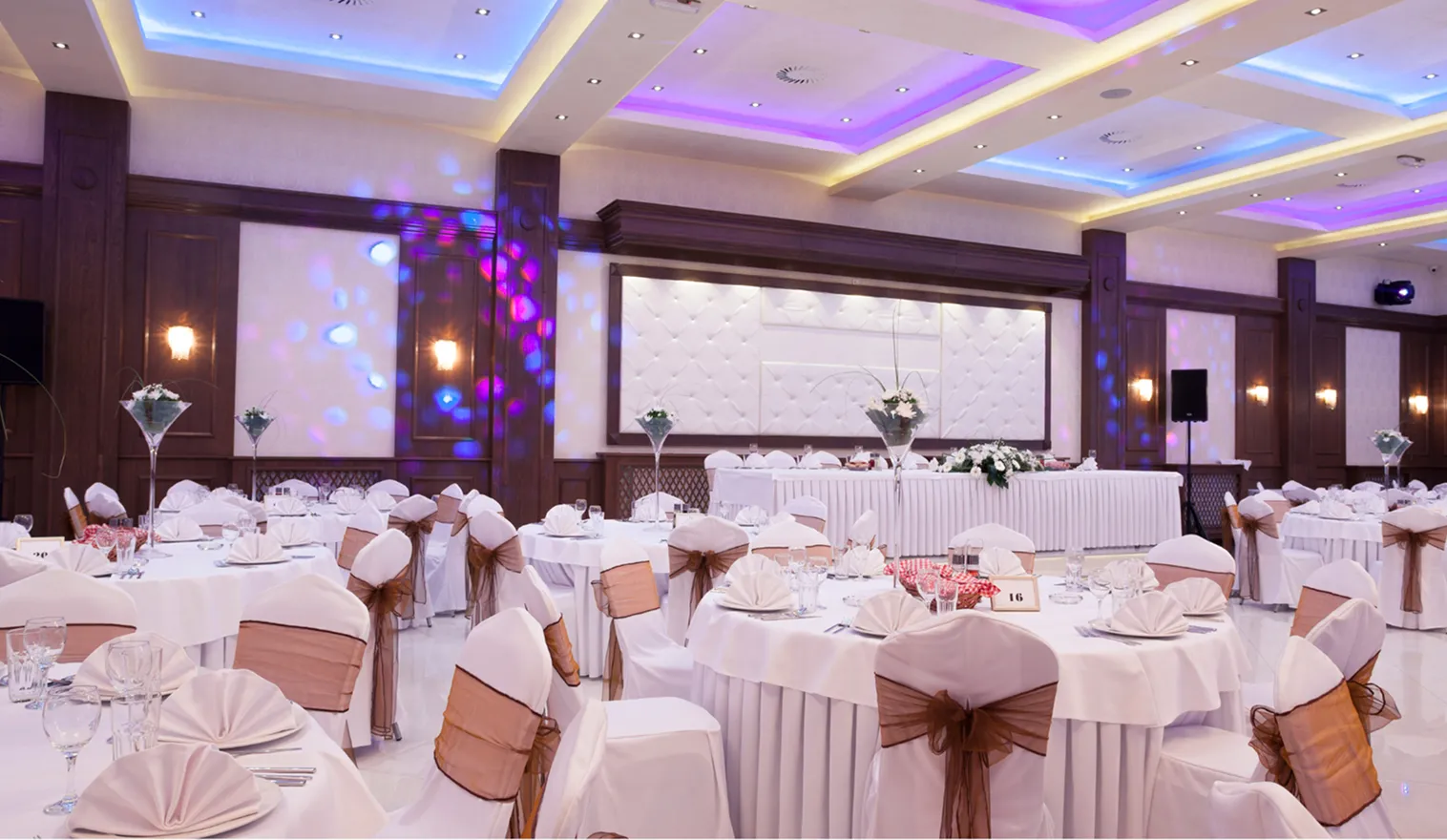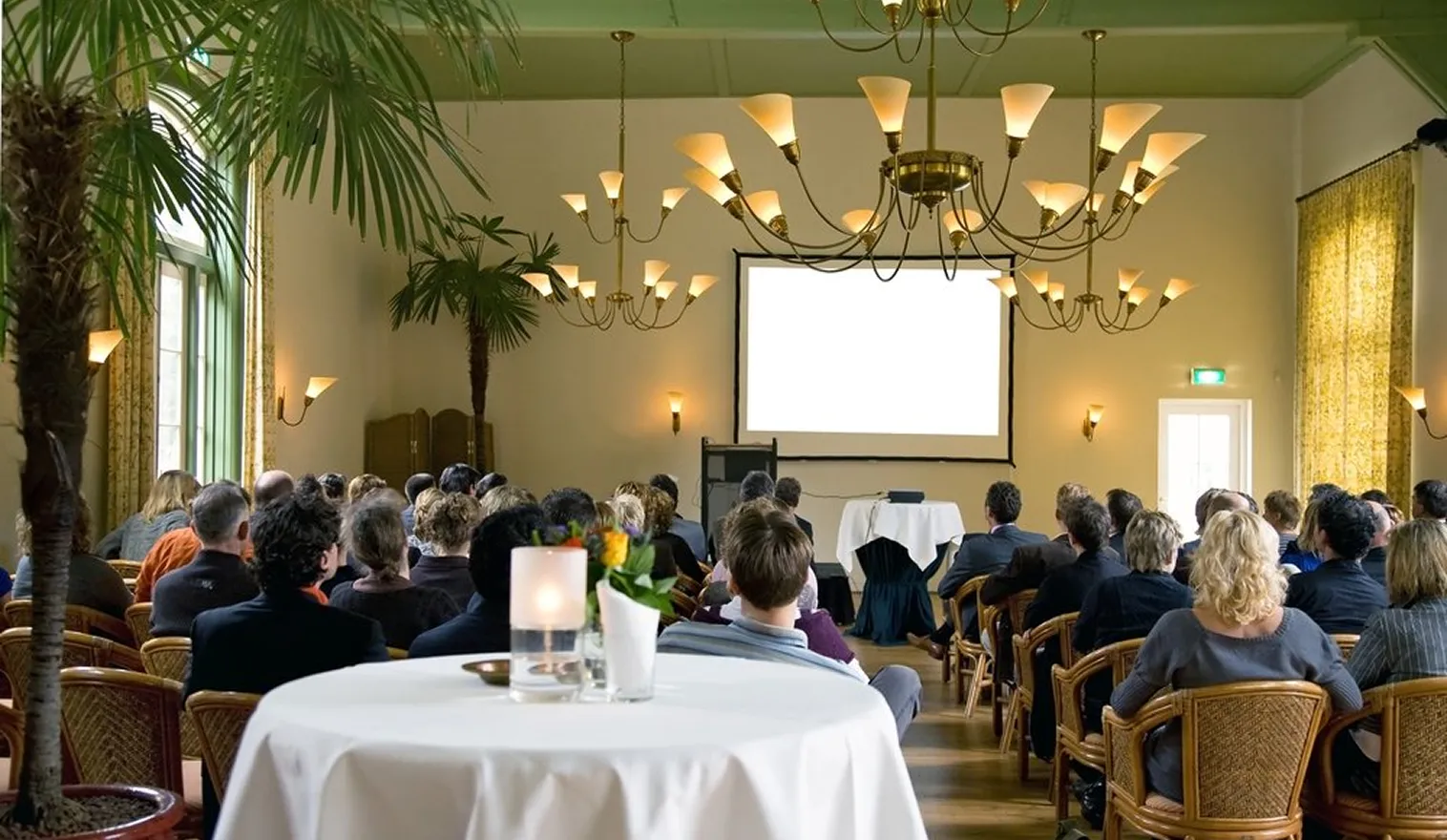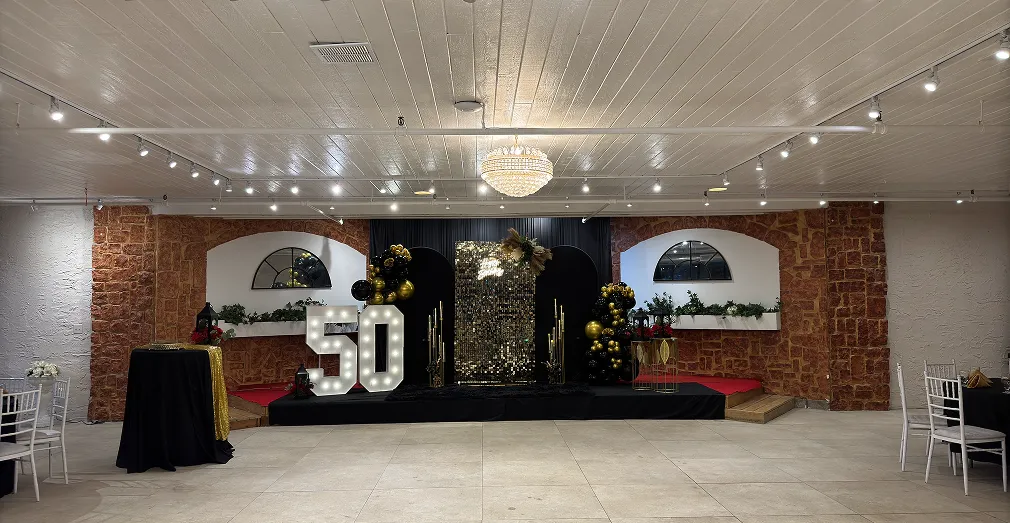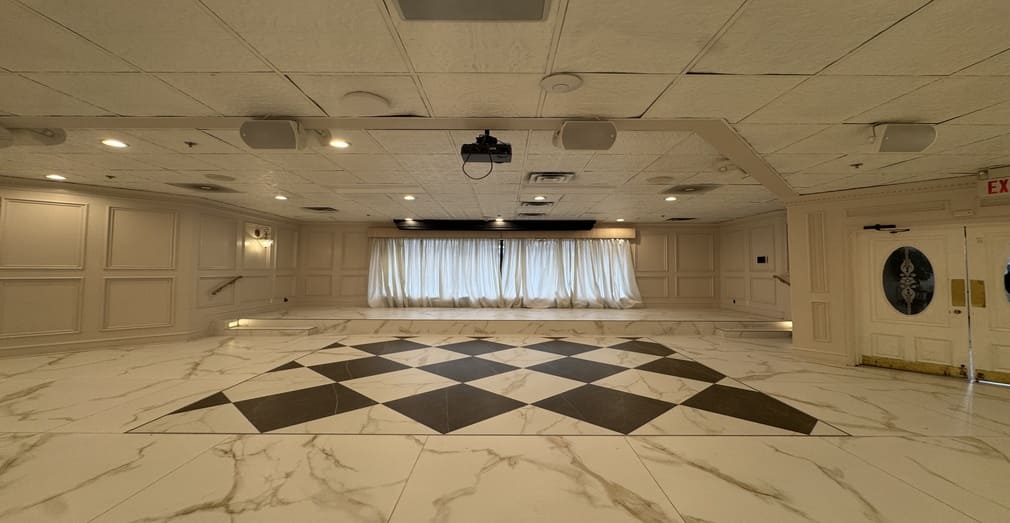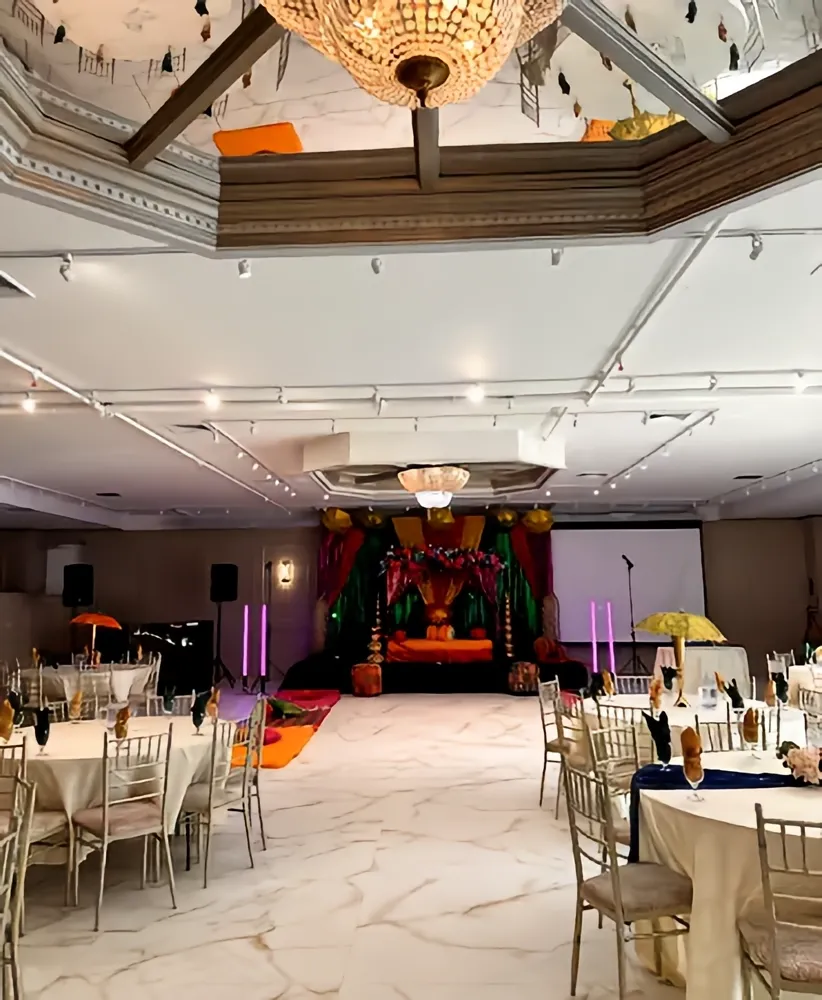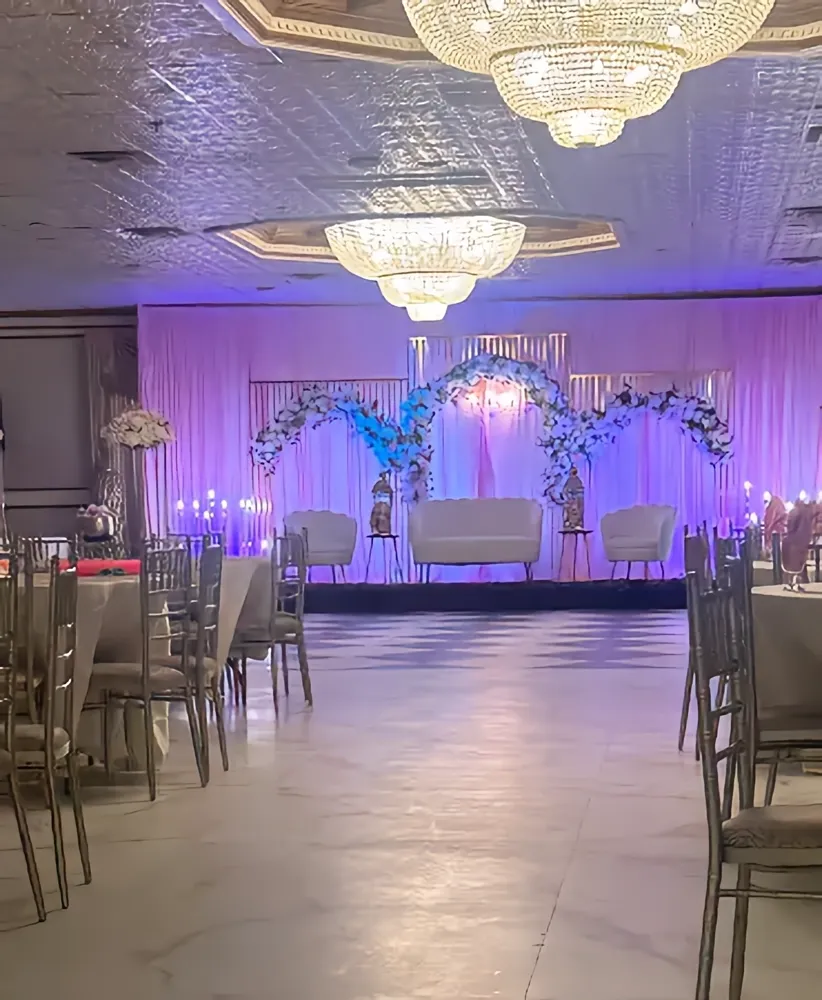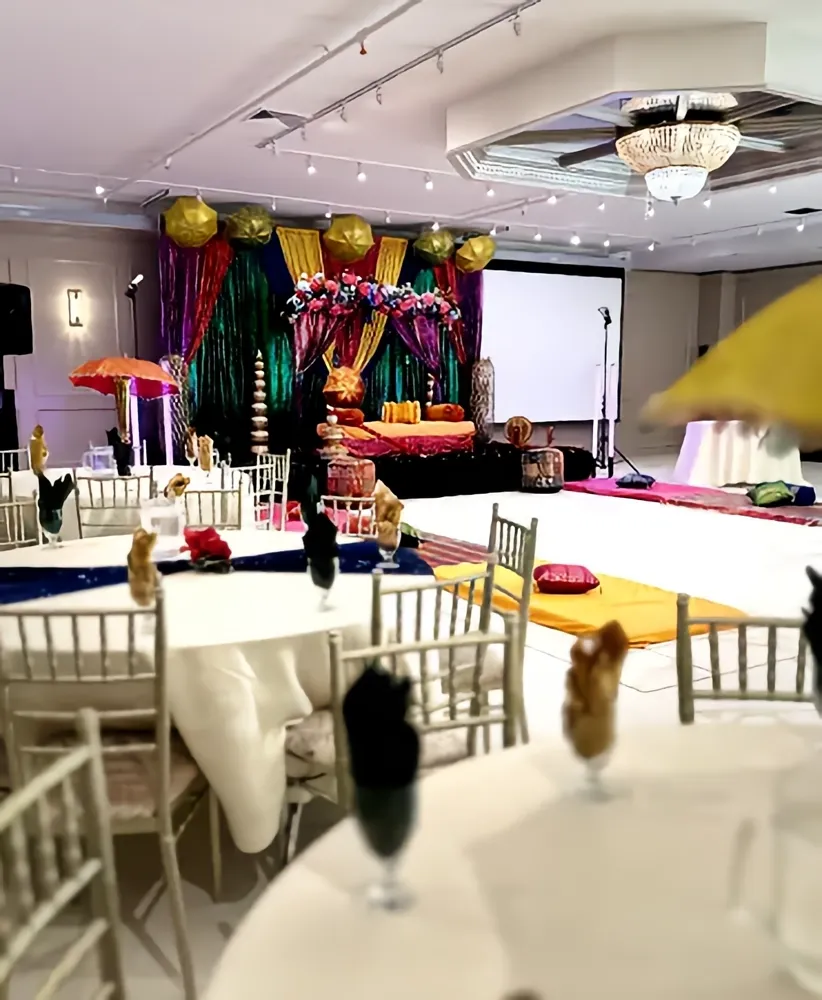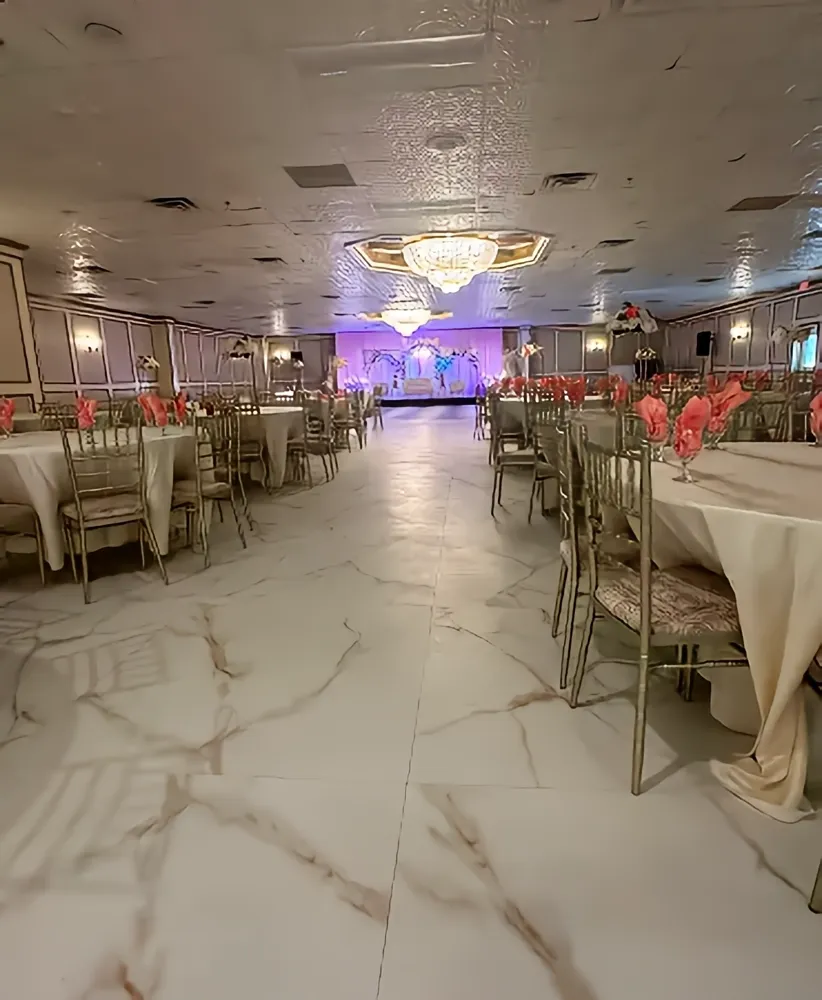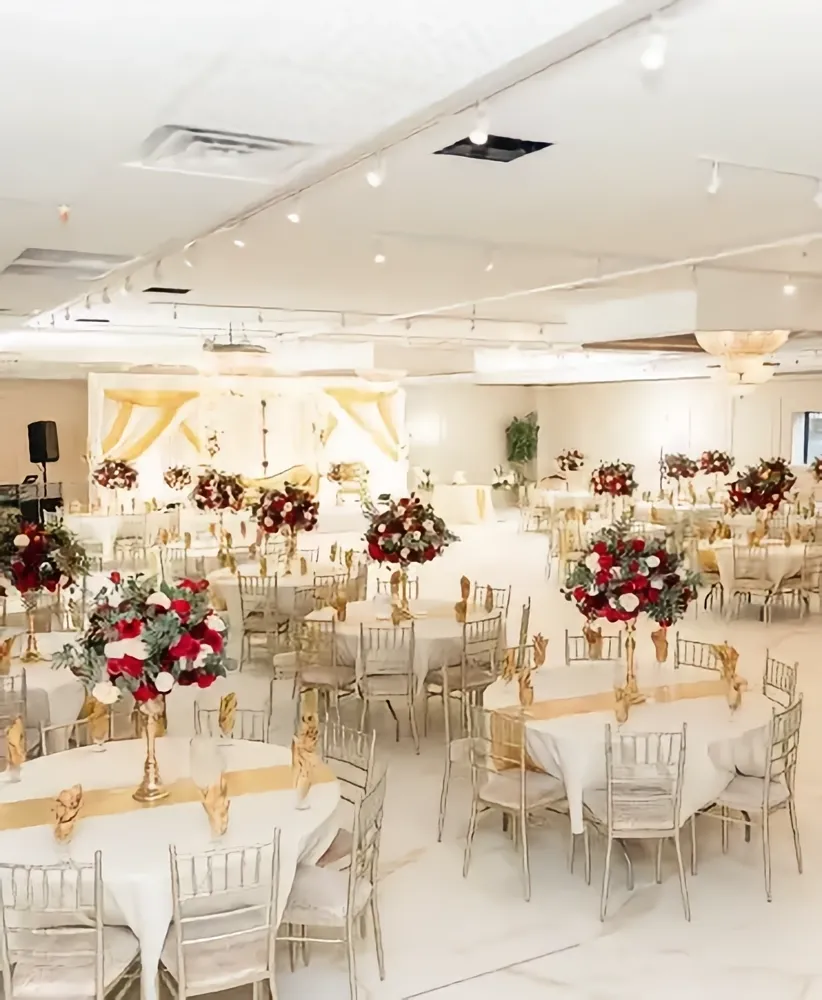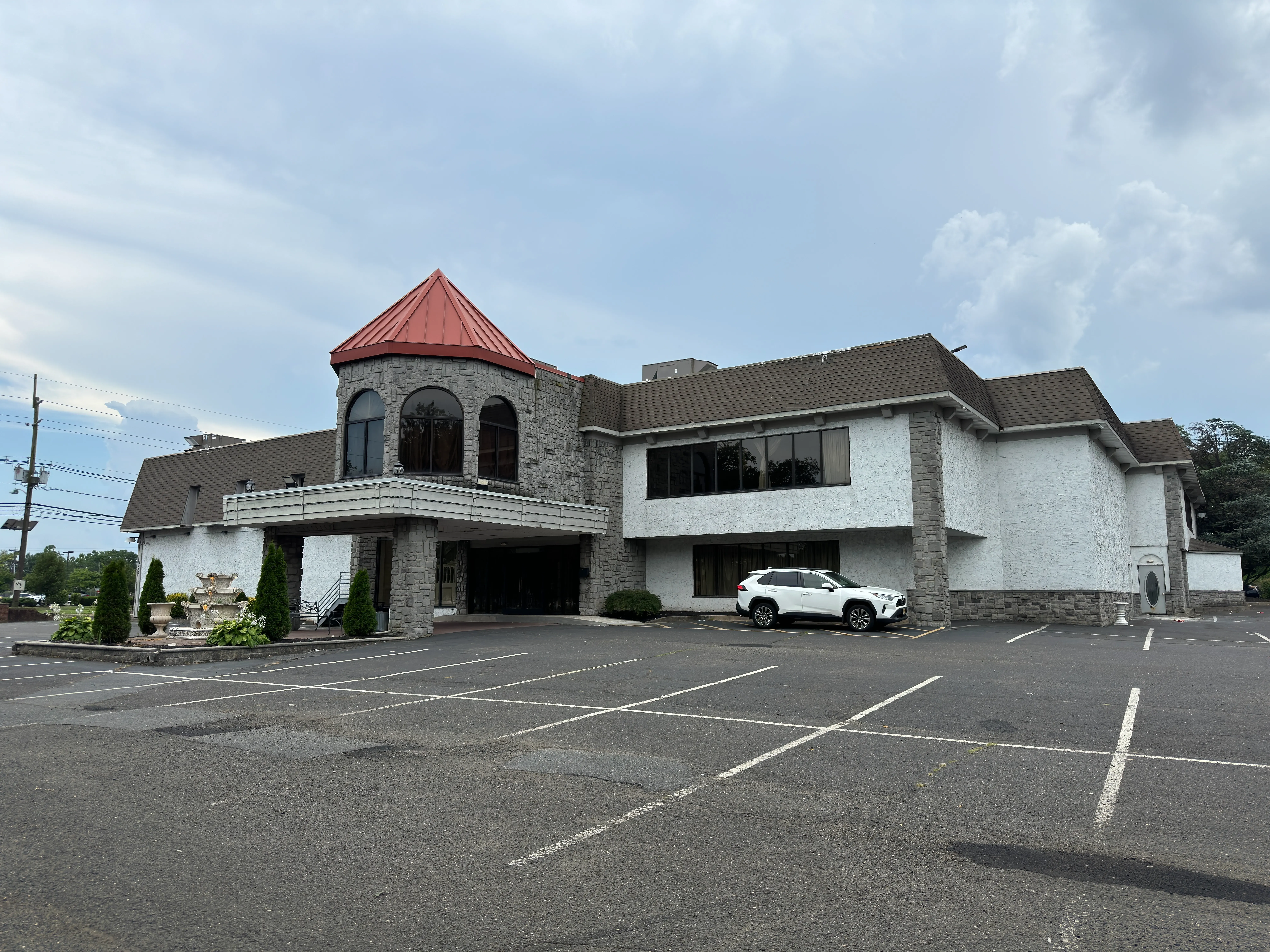
Corporate events are no longer just about gathering your team in a room and running through a few PowerPoint slides. Today, they're strategic tools that can influence your company's brand, morale, partnerships, sales pipeline, and much more. But here's the big question on every executive's mind—is the ROI of a corporate event truly measurable?
The short answer is absolutely.
While the return on investment from a well-planned event isn't always immediate or tangible, the impact it can have on brand visibility, employee alignment, customer loyalty, and revenue generation can be tracked—and improved with the right strategy.
In this article, we'll break down the real value of corporate events and show you how to measure ROI in practical, actionable ways.
Why Many Companies Struggle to Measure ROI
Most companies do a great job tracking costs—venue, catering, AV equipment, etc.—but they often don't take the next step: identifying goals and KPIs before the event begins.
Without clearly defined objectives, it becomes nearly impossible to calculate returns. Was the event meant to increase client retention? Boost employee morale. Generate new leads? If you don't know what you're trying to achieve, you won't know if you succeeded.
But once you define your goals, measuring ROI becomes not just possible, but insightful.
1. Define Your Event Goals Up Front
Before anything else, ask yourself: what is the purpose of this event?
- Generating qualified leads
- Boosting team morale and productivity
- Improving internal alignment around strategy
- Securing media or partner attention
- Educating clients or prospects about a new product or service
- Celebrating major company milestones
Once the goal is clear, you can align every element of your event—from venue choice to agenda design—to support that goal. And then? You measure.
2. The Tangible Metrics: What You Can Quantify
Let's start with the hard numbers. These are metrics that can be tracked using tools like CRMs, surveys, attendance trackers, or basic spreadsheets.
a) Lead Generation and Sales
- Number of qualified leads captured
- Number of sales meetings booked post-event
- Sales conversions attributed to event follow-ups
- Event-driven revenue within 30, 60, or 90 days
b) Attendance and Engagement
- Registration vs. attendance ratio
- Time spent at the event
- Participation in Q&A sessions, workshops, or networking
- Social media posts, check-ins, or shares with your event hashtag
c) Cost Per Lead or Cost Per Attendee
- Number of leads acquired
- Number of qualified attendees
d) Media or Press Mentions
- Count brand mentions across media outlets or blogs
- Track backlinks and citations
- Monitor your website traffic before, during, and after the event
3. The Intangible Metrics: What You Can Sense and Survey
Some of the most valuable ROI comes from softer metrics that impact long-term business performance.
a) Brand Perception
- How did this event change your perception of our company?
- Would you attend a future event hosted by us?
- How would you describe the experience in one word?
b) Employee Morale and Alignment
- Post-event employee satisfaction surveys
- Team feedback on clarity of direction or goals
- Impact on retention or productivity over the following quarter
c) Client and Partner Sentiment
- Use follow-up calls, emails, or Net Promoter Score (NPS) surveys to understand how partners or clients felt about the event—and whether it strengthened relationships.
4. Track ROI Over Time, Not Just Immediately
Here's the tricky part: not all ROI appears right away.
A connection made at a networking mixer could lead to a deal six months later. A motivational offsite could result in a performance spike that becomes clear only over time.
Track your event's effects at 30, 60, and 90-day intervals. Look for upticks in metrics like:
- Website visits from attendees
- Repeat business from guests
- Recruitment interest if you hosted potential hires
- Partnership inquiries
Create a dashboard (even a simple spreadsheet) to measure short-, mid-, and long-term impact.
5. Choose a Venue That Supports Success
This is a step many companies underestimate. A venue isn't just a place—it's part of your strategy.
A well-designed venue helps:
- Set a professional tone that reflects your brand
- Offer flexibility for both large presentations and small breakouts
- Provide top-tier lighting, sound, and seating comfort to keep energy high
- Reduce logistical hassles, freeing you up to focus on your guests
Venues that offer support staff, tech readiness, and customizable spaces make it easier to hit your event goals—and drive measurable ROI.
6. Don't Skip the Follow-Up
If you host an amazing event but fail to follow up with attendees, your ROI will suffer.
Here's what good follow-up looks like:
- Personalized thank-you emails or handwritten notes
- Sharing of event photos, recordings, or highlights
- Scheduling post-event calls or demos
- Surveys to capture feedback and testimonials
- Retargeting campaigns for attendees who didn't convert right away
Your event's job doesn't end when the chairs are stacked—it continues through your post-event outreach.
FAQs
Q.1 Can small events deliver strong ROI too?
Q.2 What's a good benchmark for event ROI?
Q.3 What if the event didn't hit the ROI we expected?
Q.4 How much of my marketing budget should go to events?
Q.5 Do virtual or hybrid events have measurable ROI too?
The next time someone asks, "What's the point of spending all this on a corporate event?" you'll have a clear, strategic answer. The ROI of a well-planned event goes far beyond the room—it shows up in your pipeline, your partnerships, your people, and your brand momentum.
Parlor Banquet, located in Edison, NJ, offers the perfect setting for corporate events designed to deliver real results. With a flexible layout, elegant atmosphere, and a team that understands business goals, Parlor helps you host events that feel special—and succeed where it counts. For more information, feel free to contact us at (732) 549-2900.


